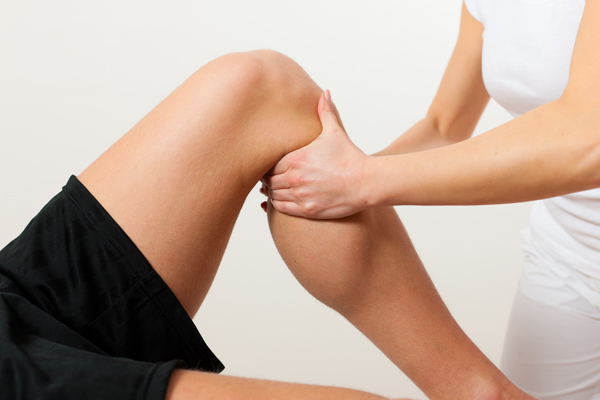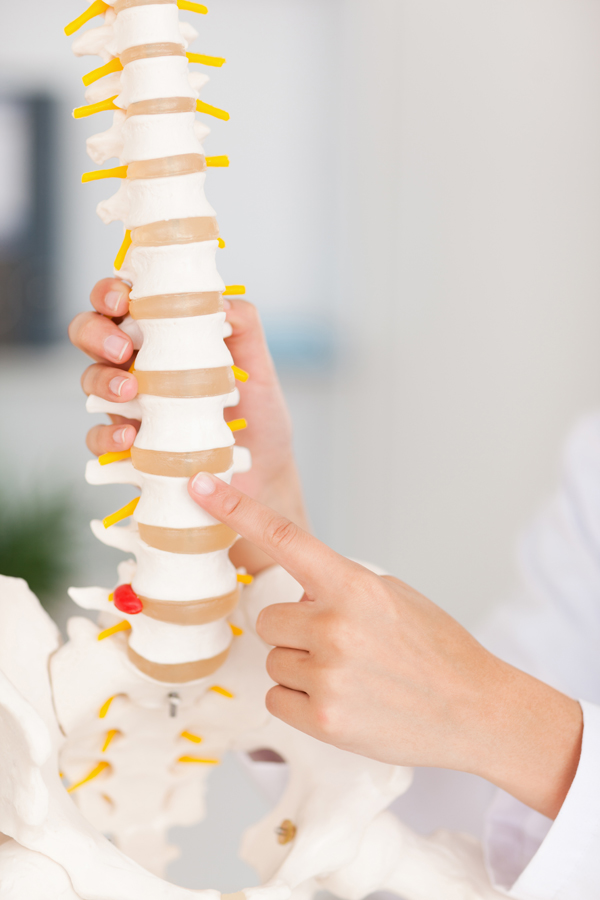Manual therapy uses 'hands on' treatment techniques to mobilise joints and soft tissues. In manual therapy, practitioners use their hands to put pressure on muscle tissue and manipulate joints. It is suitable for most people and can be used to:
Manual Therapy works best when used in conjunction with physical exercise and activity. Exercises will be prescribed by your physiotherapist to carry out in between the treatment sessions.
Manual therapy includes treatments such as:
Joint mobilisation involves loosening up stiff or restricted joints by applying a sustained or oscillatory movement directly into the barrier of a joint, moving the actual bone surfaces on each other in ways patients cannot move the joint themselves.
Through joint mobilisation muscular tension can often be reduced once the joint motion is restored, however it is quite common for the muscle spasm to still remain. This muscle spasm should not ignored as this may cause the joint problem to return. Soft tissue massage is just another form of manual therapy that specifically targets the soft tissues. Soft tissues are our muscles, tendons and ligaments.
The soft tissues need to slide and glide over one another for movement to occur normally. Where there is lack of this ‘sliding and gliding’ this can cause restriction of movement in an area of the body. Soft tissue mobilisation (STM) is used to break up fibrous muscle tissue such as scar tissue, move tissue fluids such as swelling, and relax muscular tension. This procedure is commonly applied to the muscles that surround the joints, and consists of rhythmic stretching and deep pressure.
Soft tissue problems can also be a primary source of pain. ‘Trigger points’ also known as knots in the muscle are well known to cause pain, and can also adversely affect how a muscle functions. By getting rid of these trigger points this can significantly reduce pain and also aid rehabilitation of specific muscles.
Muscle energy techniques (MET’S) are a manual therapy that allow muscles to lengthen and relax but to also normalise joint motion. This technique uses a voluntary contraction of the patient’s muscles against a controlled counterforce which is applied by the therapist from a precise position and in a specific direction. Following a 3-5 second contraction, the therapist takes the joint to its new barrier where the patient again performs a muscle contraction. This may be repeated two or more times. Muscle energy techniques are generally tolerated well by the patient and do not stress the joint.


